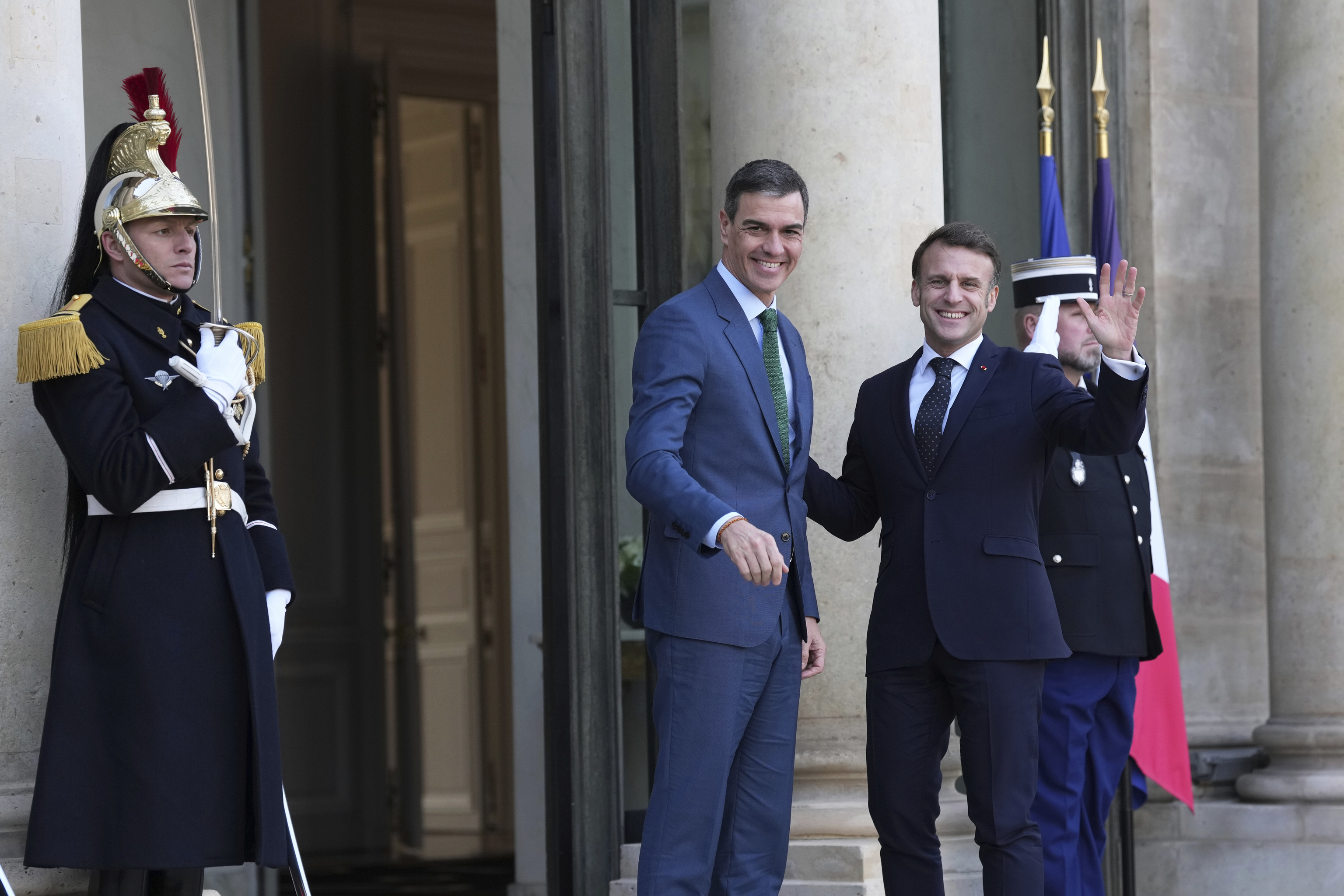European leaders gathered at the Élysée Palace left Paris on Monday night disoriented between the clear need to increase defense spending and simultaneously control their public finances. From the host Emmanuel Macron to the Italian Giorgia Meloni, passing through the Dutch Prime Minister, Dick Schoof, and his Danish counterpart, Mette Frederiksen, all face a nightmare ahead to raise military spending without further destabilizing their finances, but the one with the country most caught in proportion is the Spanish Prime Minister, Pedro Sánchez.
Spain will have to make the greatest budgetary effort of all those gathered, despite being one of the most indebted, according to a report by the European rating agency Scope Ratings. In Standard & Poor's accounts, it is the most affected country among the most indebted gathered in Paris.
Both rating agencies consider as the central scenario in the new global situation and the demands of Donald Trump that the obligation is to reach 3% of GDP and not just 2%, which Spain doesn't even reach. The agencies have started to be on guard and warn their clients about the European puzzle.
According to Scope, Spain is destined to lead the short-term budgetary effort as the country that will need the highest percentage of its annual income to cover the gap needed to reach the NATO benchmark. "Meeting a potential new NATO defense spending target of 3% of GDP, compared to the current 2% (...) implies an increase in defense spending relative to the revenues generated by each country, led by Spain (9 percentage points), Germany (7 percentage points), and France and Italy (both around 5 percentage points)," stated in a report released this Monday. "Spain's current military spending is quite low, around 1.3% of GDP. The difference with 3% is, therefore, about 1.7% of GDP or around 28.5 billion, so in relation to central government revenues, Spain's gap is the highest among EU states along with Germany currently," said Alvise Lennkh-Yunus, head of sovereign debt and public sector at this European agency.
On the other hand, Standard & Poor's estimates that if Trump imposes his demands on NATO, Spain's deficit would double in the short term. It would be the most affected of the indebted countries represented in Paris. Their estimation is that the deficit would skyrocket in three possible scenarios by 2025. If Spain settles for reaching NATO's current average (2.67% of GDP), the deficit would reach 4.3%, compared to the 3% considered the maximum possible in the EU for sound finances. If Spain aims to reach the current 3.3% allocated by the US, the deficit would rise to 4.9%. If Trump prevails and convinces everyone to go to 5%, the imbalance in the accounts would increase to 6.6%, a 127% increase.
The issue is general for those gathered in Paris, but S&P points out that "the EU average hides significant differences. Frontline countries like Poland and the Baltics, as well as Greece, spend over 3% of GDP. Italy, Portugal, and Turkey spend around 1.5% of GDP, while Belgium, Slovenia, and Spain spend even less."
Upon leaving, Sánchez called for the EU deficit rules to be relaxed so that defense spending does not count. But that is not a panacea for the markets. "While greater flexibility in fiscal rules may reduce the likelihood of excessive deficit procedures in the EU and, therefore, alleviate the risk of stigma, what we monitor from a credit rating perspective is the fiscal position and, consequently, medium-term fiscal balances, interest payments, and debt trajectories," said the Scope representative.
"A decision by the EU to exclude defense spending is not relevant in determining how much governments have to borrow," corroborates Frank Gill from S&P.
Sánchez himself admits that this flexibility would not be enough and calls for the EU to borrow and distribute money, but these EU aids are never unconditional.
